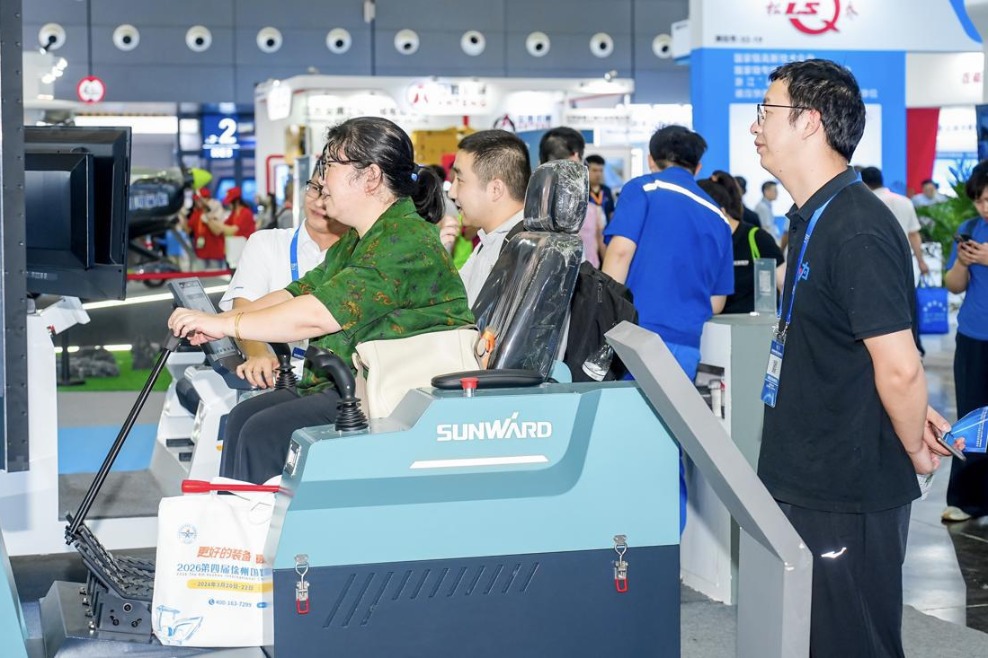How will China's new monetary policy tool support capital market development?

BEIJING -- China has made headway in the utilization of its first monetary policy tool to support the development of the capital market, with active participation by financial institutions in need of liquidity to increase stock investment.
In the latest progress, Orient Securities announced on Wednesday that it has completed a transaction under the Securities, Funds and Insurance companies Swap Facility (SFISF) program, following several other firms that have leveraged the tool since it was launched by the central bank earlier this month.
With an initial scale of 500 billion yuan ($70.04 billion), the SFISF allows eligible companies to use their less liquid assets as collateral in exchange for highly liquid assets such as treasury bonds and central bank bills. Through this tool, they can secure funds from the market for investment in the stock market.
So far, at least 20 securities or funds firms have already been approved to participate in the program, with the total scale of application exceeding 200 billion yuan. A number of insurance companies are also preparing to participate.
More and longer-term funds to come
Compared with assets held by market institutions, treasury bonds and central bank bills have higher credit ratings and better liquidity, so the swap is expected to significantly enhance the companies' ability to acquire funds and increase their stock holdings, said Pan Gongsheng, governor of the People's Bank of China (PBOC), or the central bank.
"The PBOC is expected to carry out SFISF operations at a proper time and size, based on market trends and demand from financial institutions," said Wen Bin, chief economist at China Minsheng Bank.
Analysts have seen the swap facility as an important innovation of tools by the central bank. While the PBOC has primarily played the role of the lender of last resort for banks in the past, it is increasingly necessary for it to also provide liquidity for the capital market, as the financial market develops and residents' asset allocation becomes more diverse, according to industry insiders.
With insurance companies to join the program, the SFISF is expected to increase their capability of making longer-term allocation in stock assets.
Insurance funds feature long cycles, high stability and large scales, so they usually act as a "ballast" in the capital market, said an executive with the China Life Insurance (Group) Company, noting that the SFISF provides a new way for insurance firms to effectively use existing assets for stock investment.
Greater market stability expected
"The SFISF can significantly enhance the financing capacity of participating institutions to energize the capital market," said Xu Fei, chief analyst at Wanlian Securities.
The facility is conducive to further leveraging the role of institutional investors as stabilizers in the capital market, thus enhancing the long-term nature of investment behaviors and the inherent stability of the market, Xu said.
In addition to the SFISF, the PBOC has also launched a new re-lending facility recently to guide banks in providing loans to listed companies and their major shareholders for buybacks and increasing shareholdings.
With an initial re-lending scale of 300 billion yuan at an interest rate of 1.75 percent, the re-lending facility can be applied to various types of companies regardless of their ownership, according to the central bank.
The two policy tools reflect the expansion and new exploration of the central bank's role in maintaining financial stability, according to Pan.
The real economy and the capital market are intertwined and interact with each other, Pan said, adding that the return of share prices to reasonable ranges is conducive to leveraging the capital market's role in facilitating investment and financing, promoting the healthy development of listed companies, improving social expectations, and boosting consumption and investment demand.
Establishing long-term mechanisms to enhance the underlying stability of the capital market is among a slew of tasks listed by the country in deepening the reform of the financial system.
The PBOC will collaborate with the country's securities regulators to gradually improve the new policy tools and explore normalized institutional arrangements, according to Pan.




































